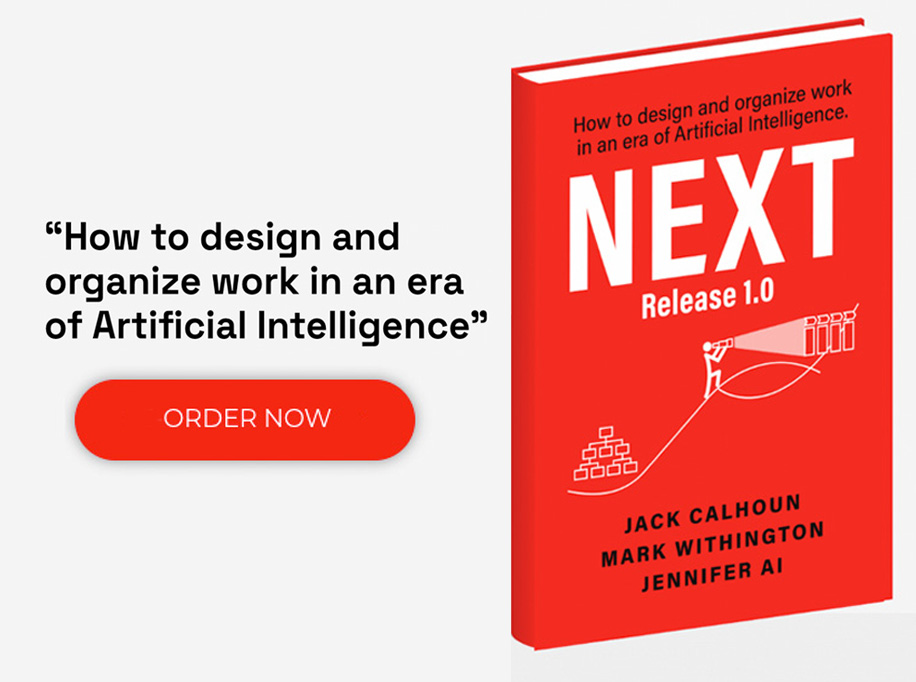Blogs
Recent Blog Posts
-
 How to Create a Customer-Centric Business Strategy
How to Create a Customer-Centric Business Strategy -
 What Is a Net Promoter Score (NPS)?
What Is a Net Promoter Score (NPS)? -
 The Business Risks of Ignoring AI Adoption and Falling Behind
The Business Risks of Ignoring AI Adoption and Falling Behind -
 The Importance of Zero Trust Security in Remote Work
The Importance of Zero Trust Security in Remote Work -
 How to Create Customer Personas: 7 Simple Steps
How to Create Customer Personas: 7 Simple Steps -
 How to Implement Zero Trust Security: A Step-by-Step Guide
How to Implement Zero Trust Security: A Step-by-Step Guide -
 Zero Trust vs. Traditional Security: Understanding the Differences for Your Business
Zero Trust vs. Traditional Security: Understanding the Differences for Your Business
Get in Touch







